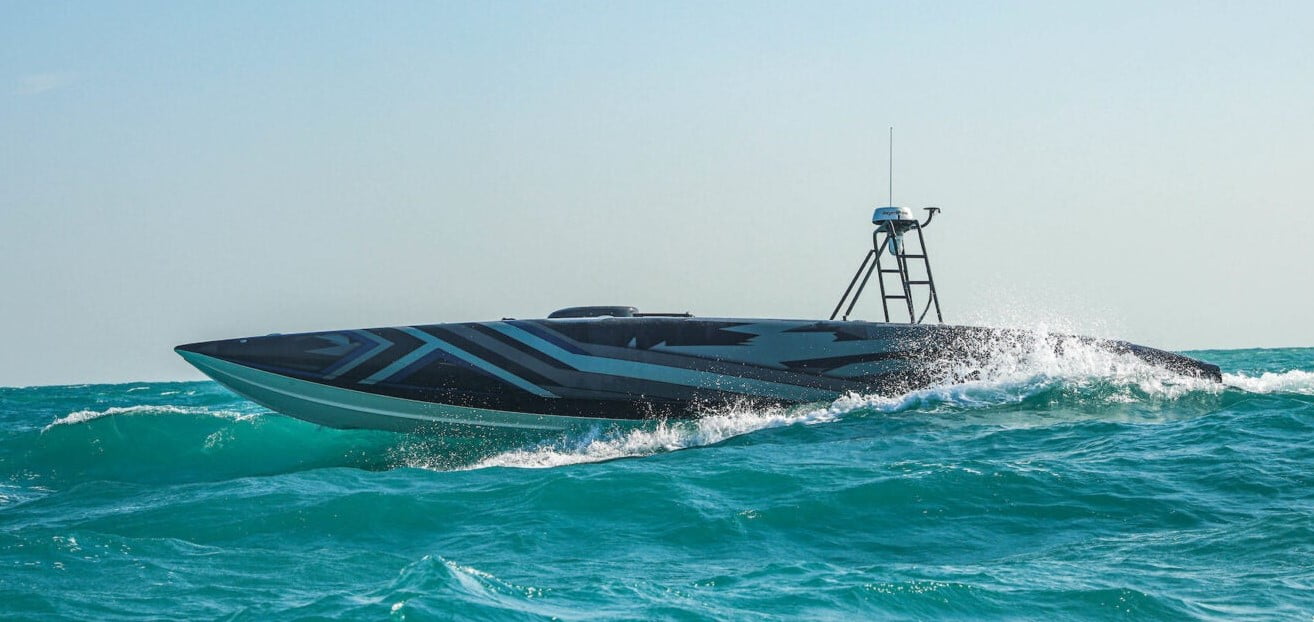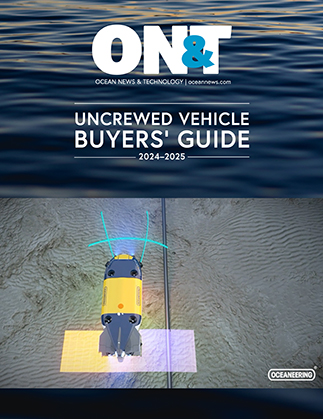For centuries, sea mines have presented an affordable and effective option in naval warfare. That remains even truer today. However, what has become more concerning is the relatively recent use by terrorist groups and other non-state actors who have used sea mines—“weapons that wait”—to hazard commercial vessels and disrupt peaceful commerce on the oceans. Unless or until nations and navies can find a way to defeat deadly sea mines without putting sailors in harm’s way inside a minefield, the unimpeded sea commerce that undergirds globalization will no longer be assured.
Click here to read the full story, featured in ON&T February 2022.

